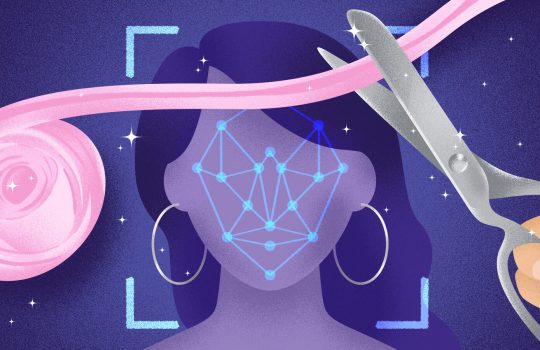Argonne engineers develop one-of-a-kind instruments and facilities for scientific discovery
Argonne National Laboratory, May 30, 2024
A group of engineers in the Engineering Services group at Argonne designed shielding doors for radiation protection and a crucial component of the DUNE detector for the international Deep Underground Neutrino Experiment.


